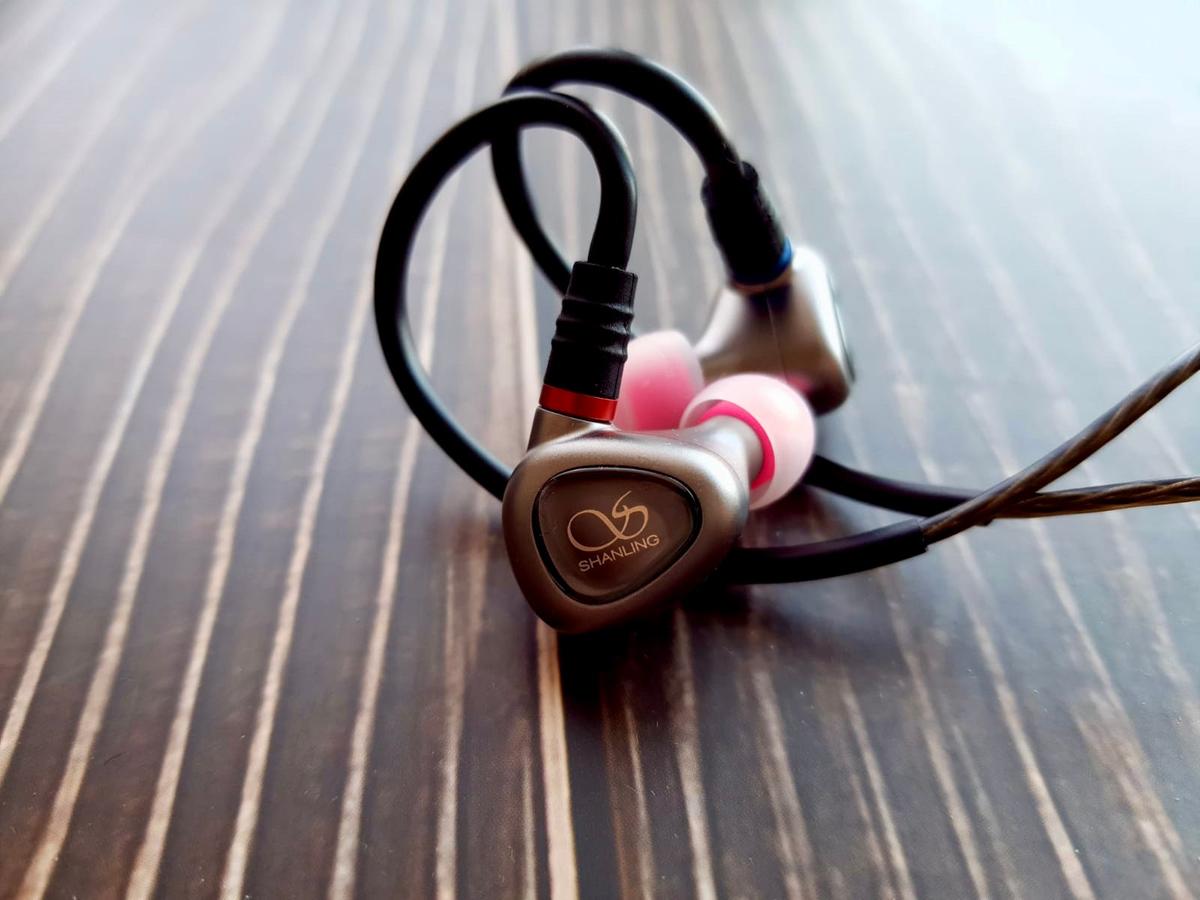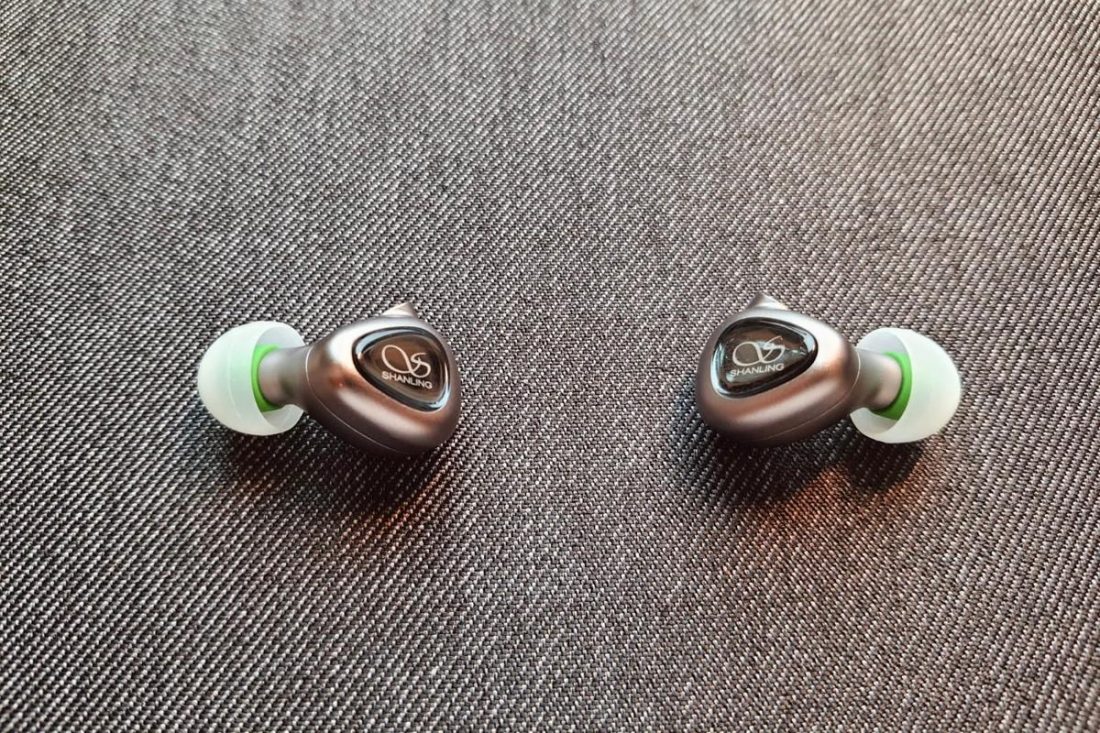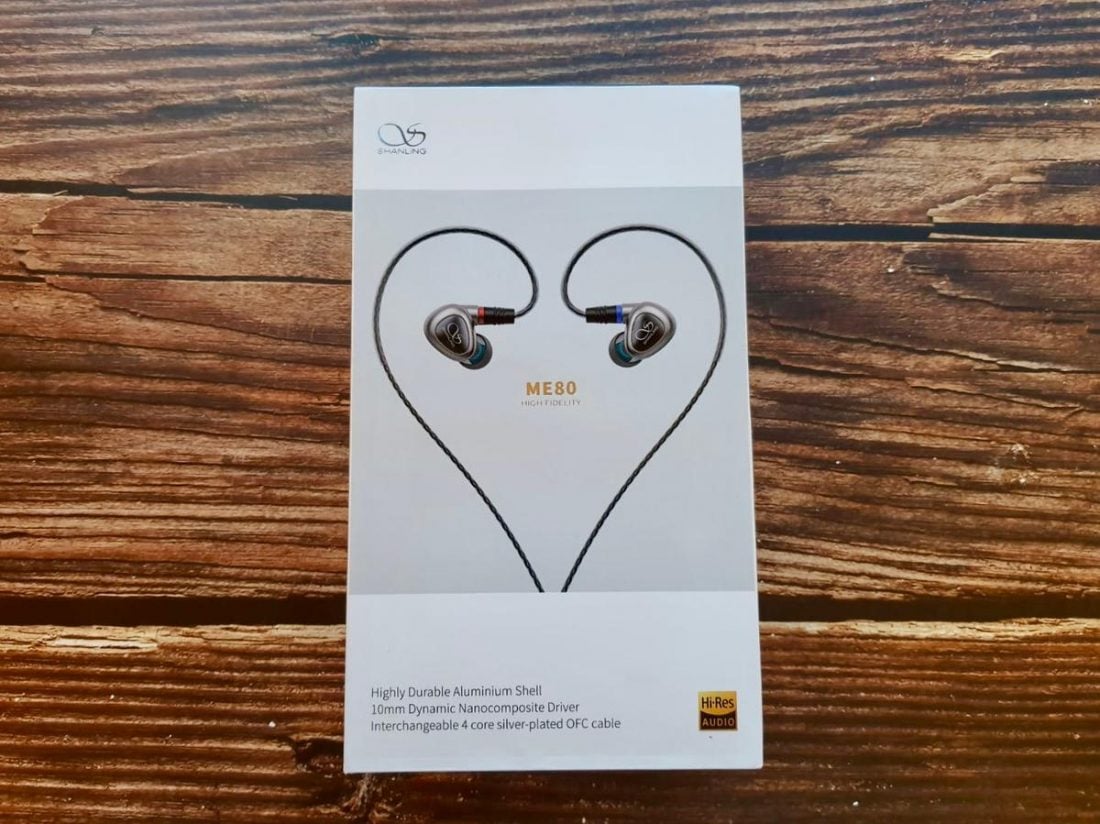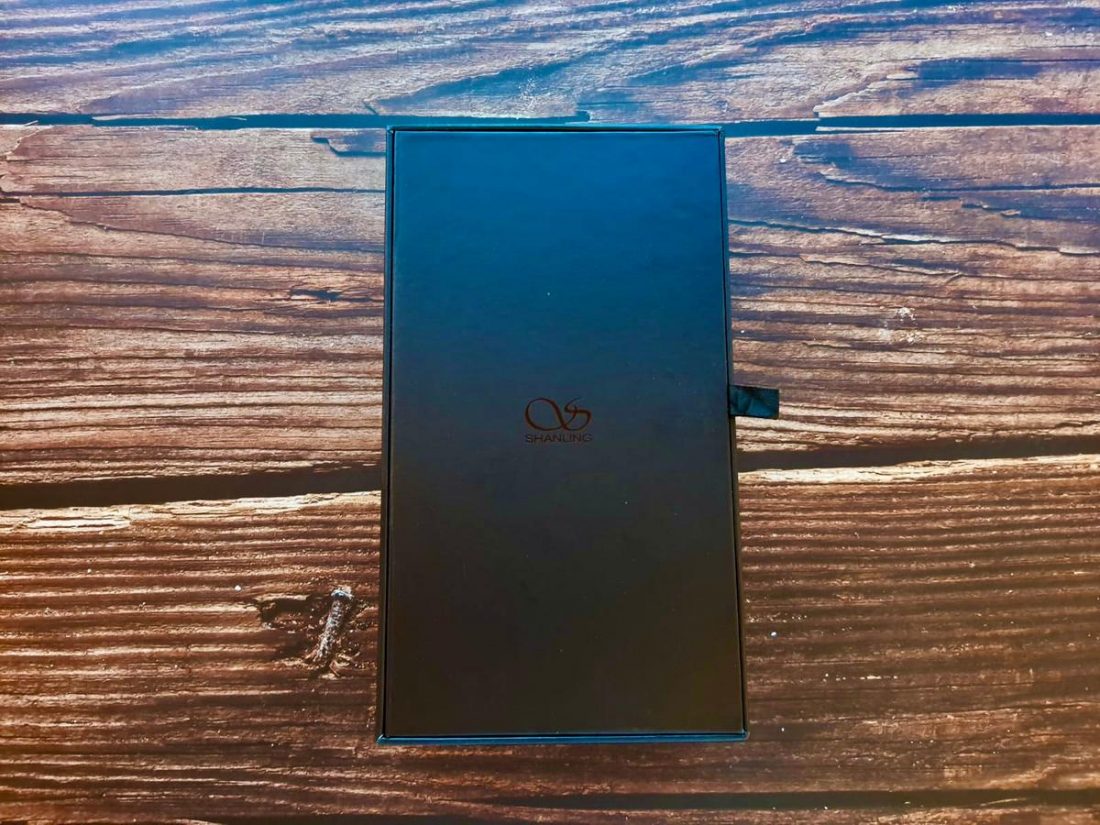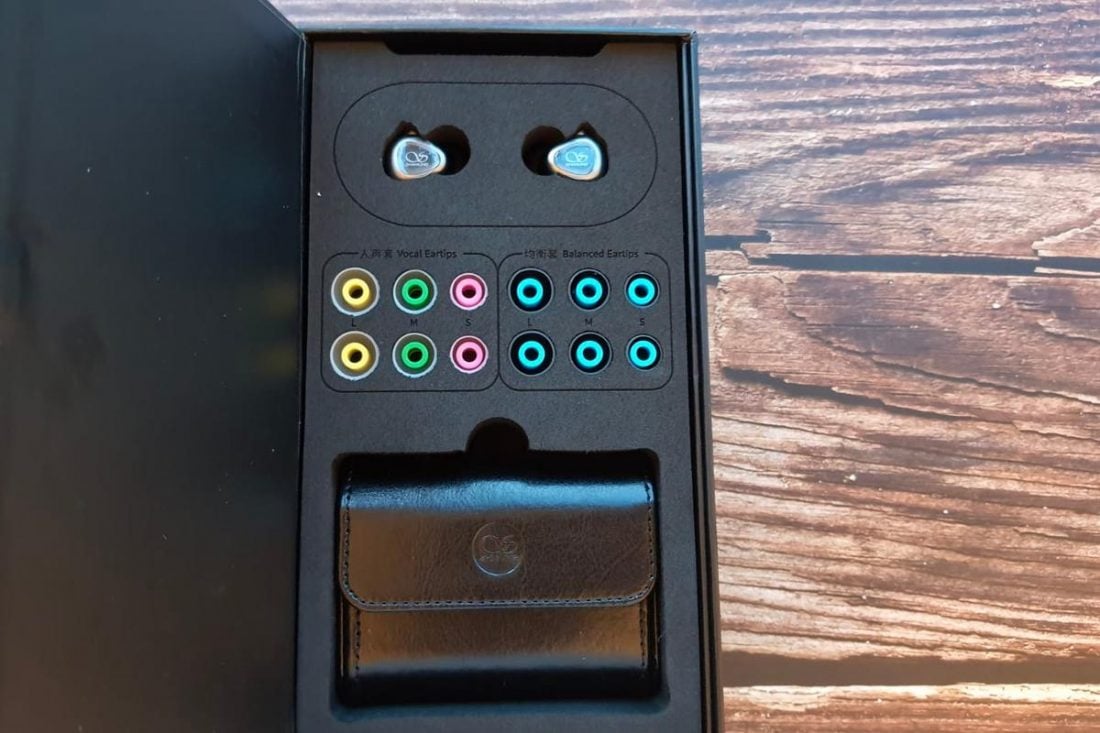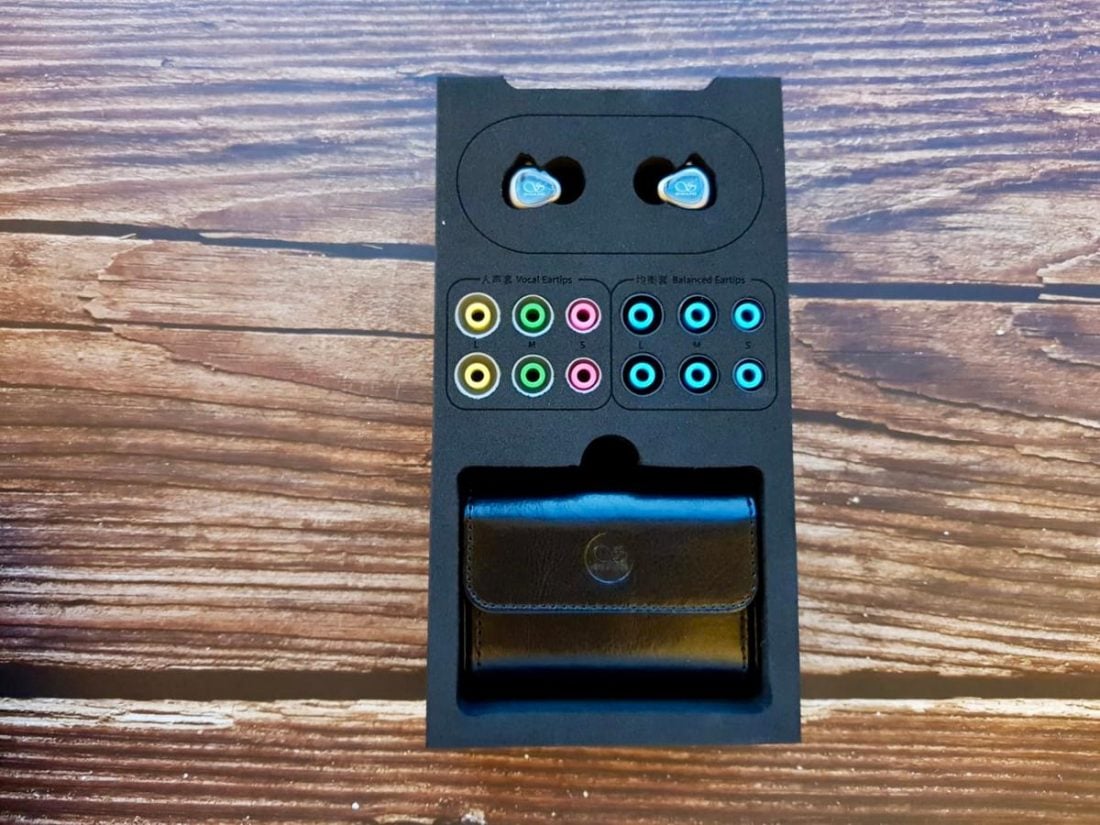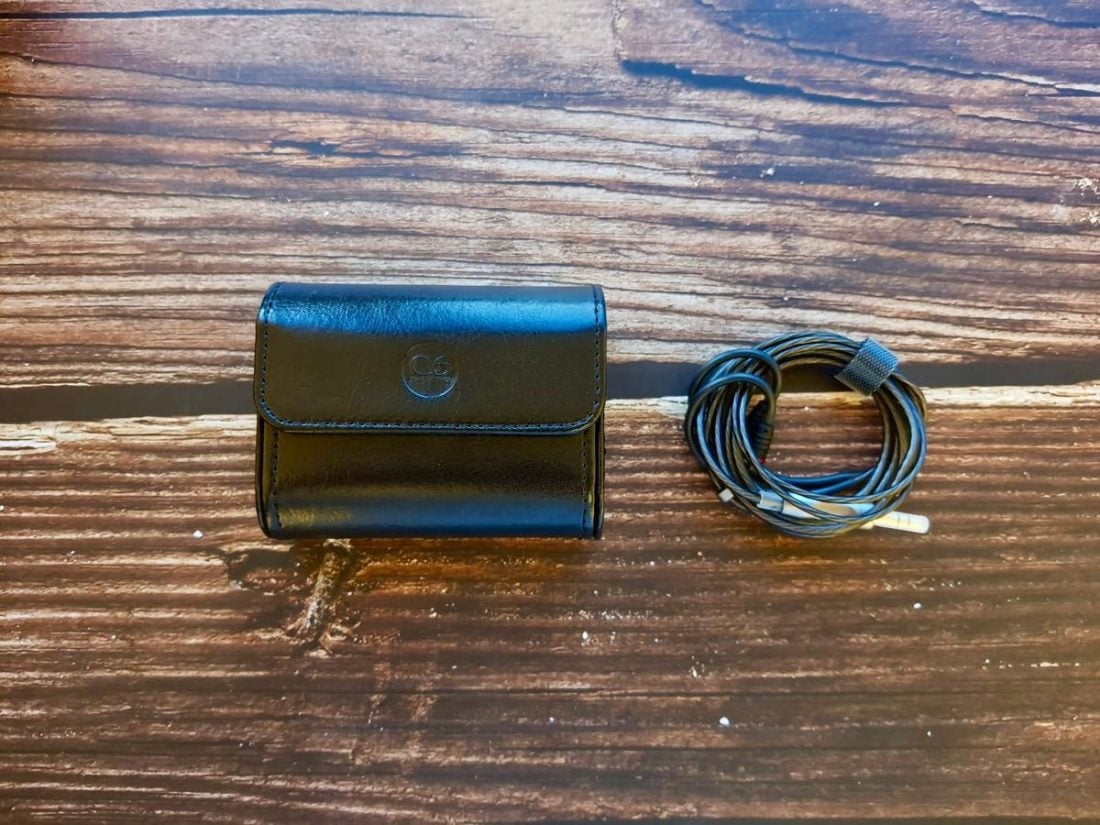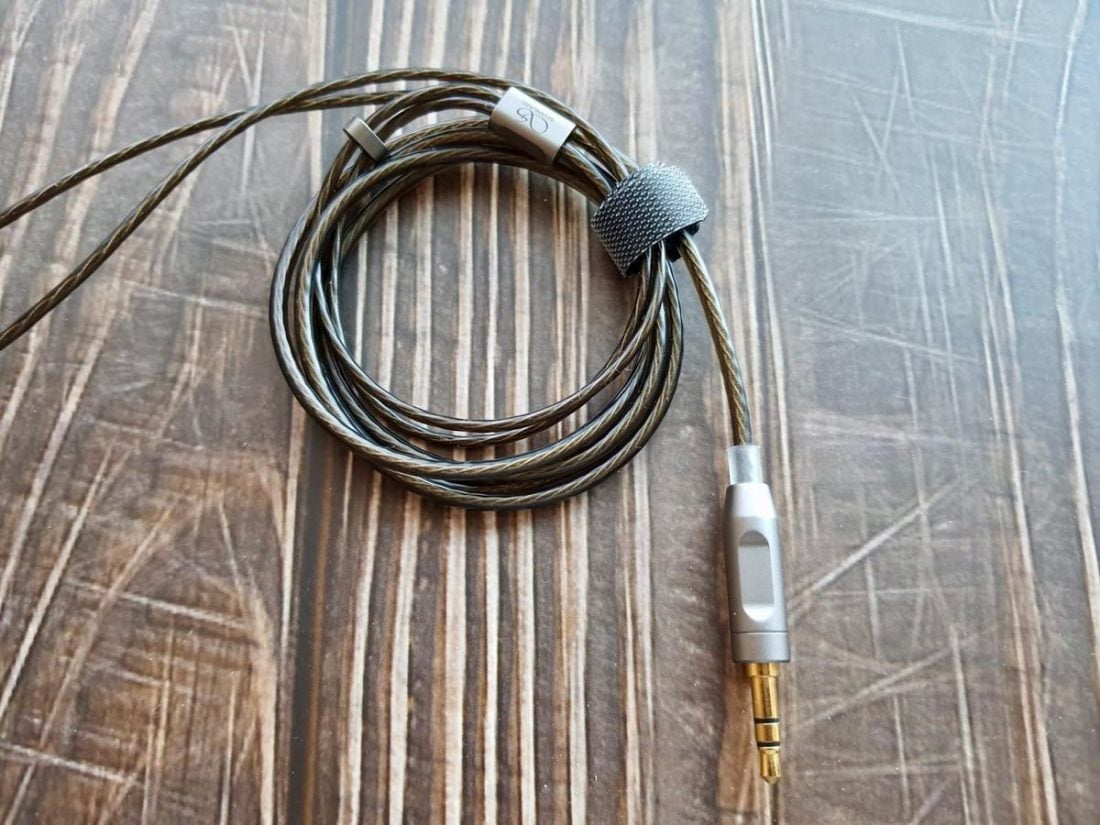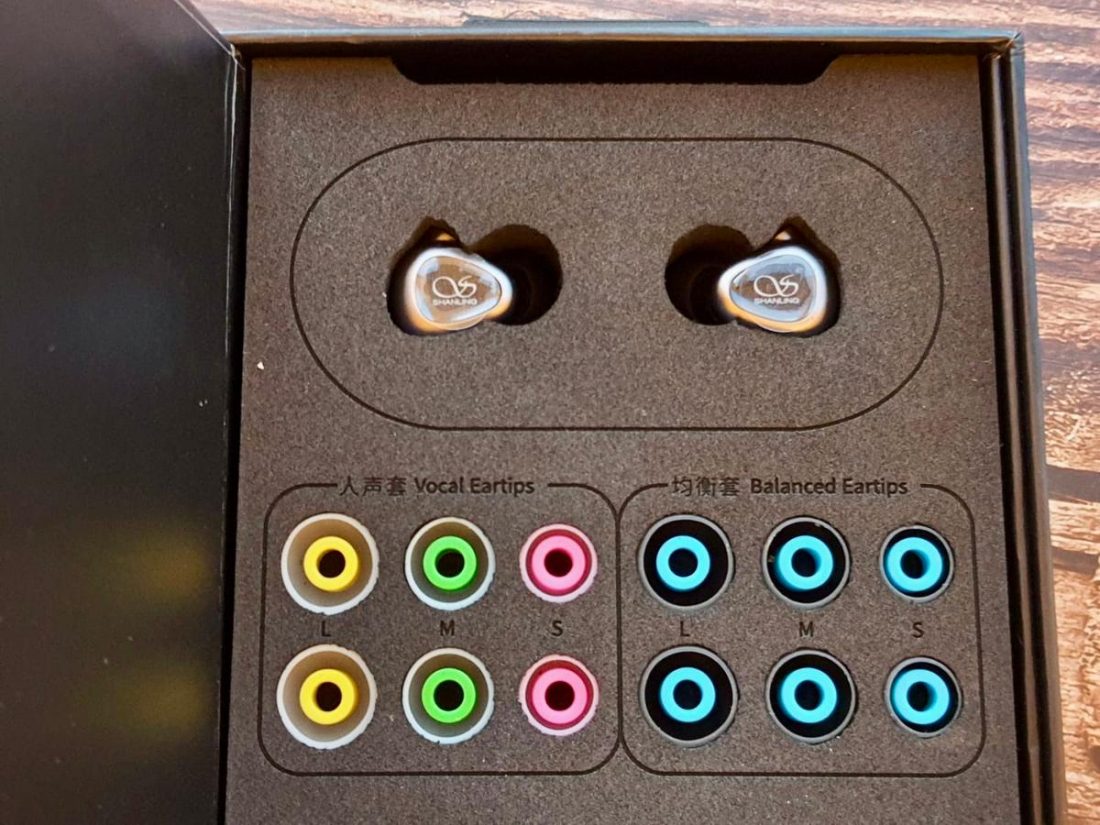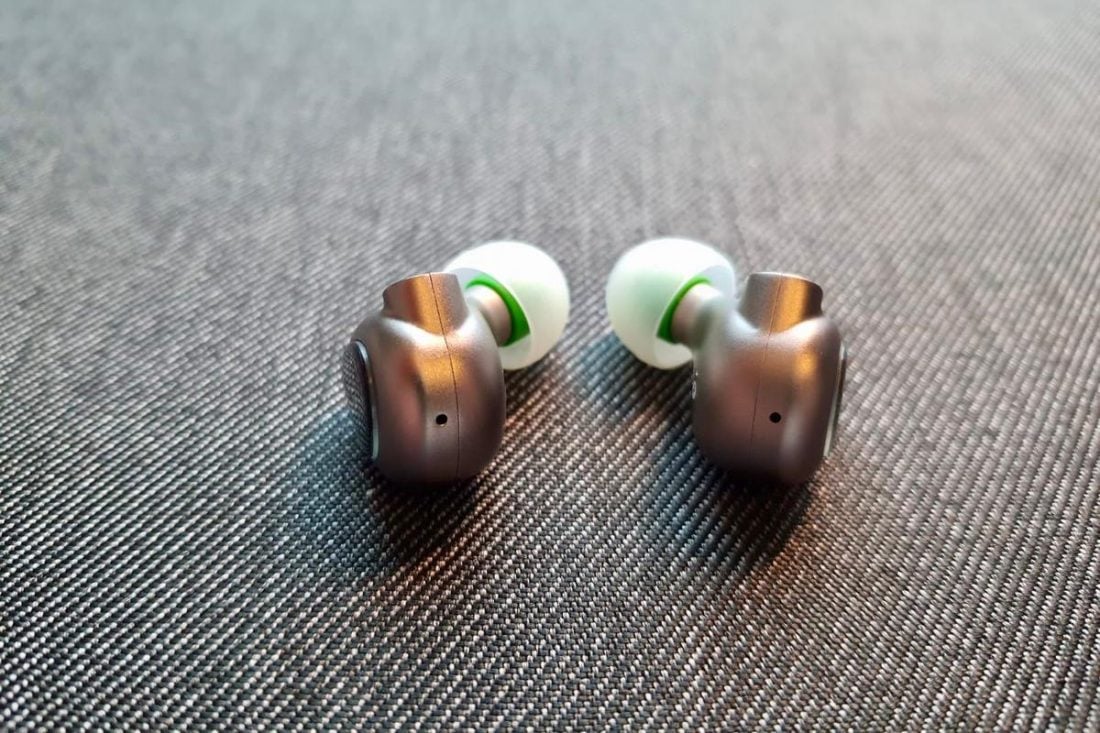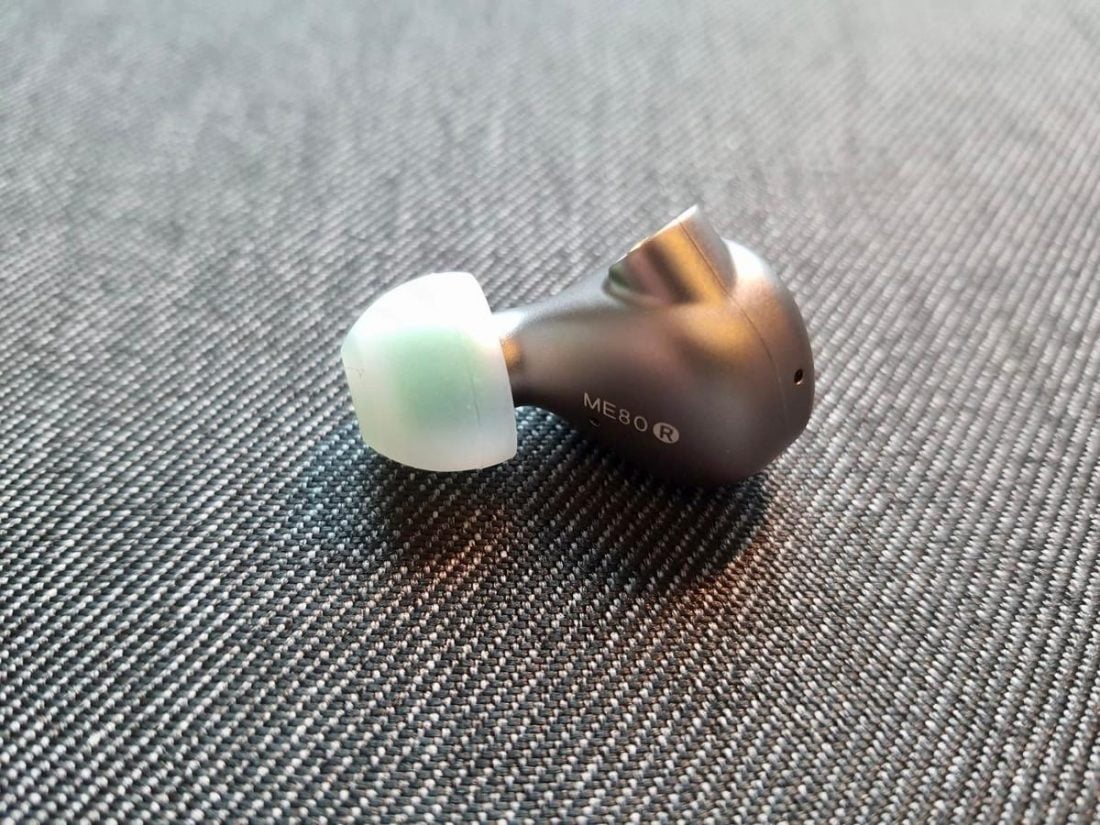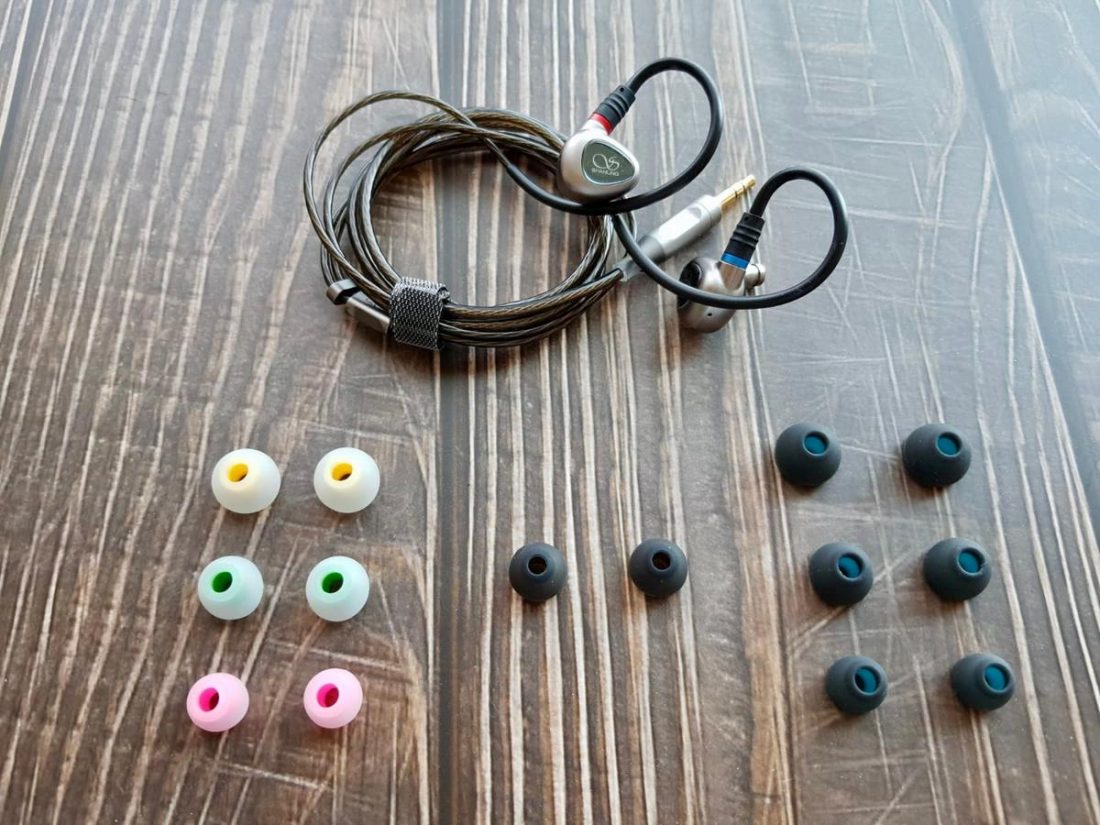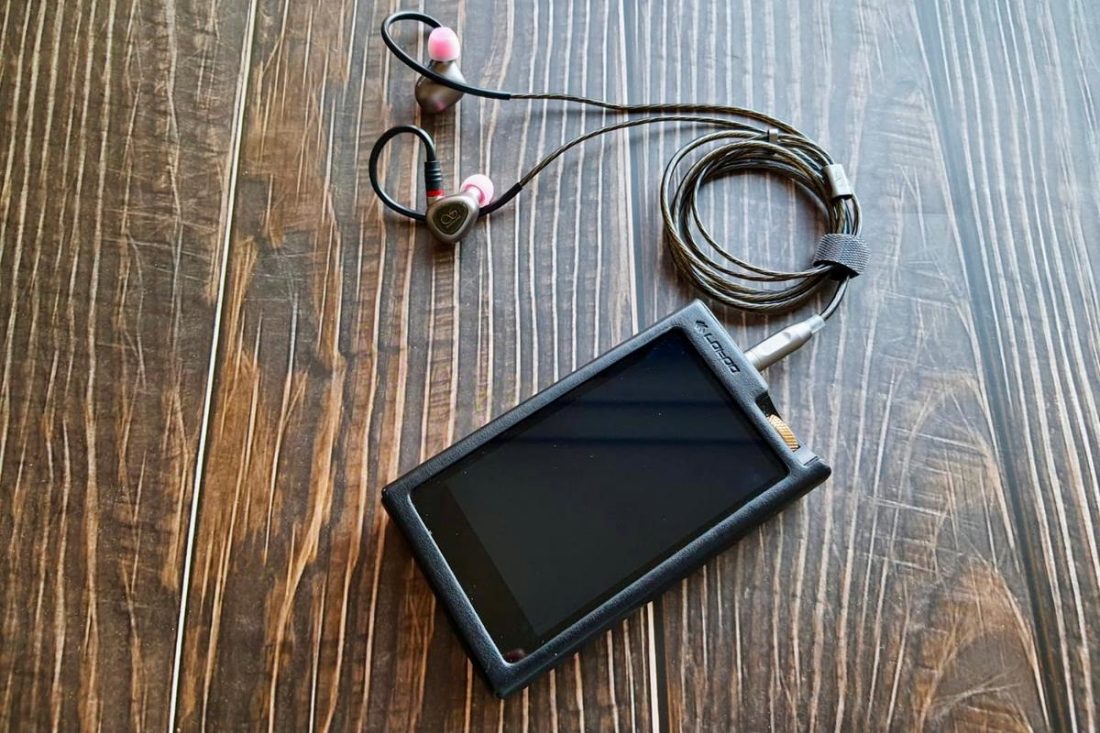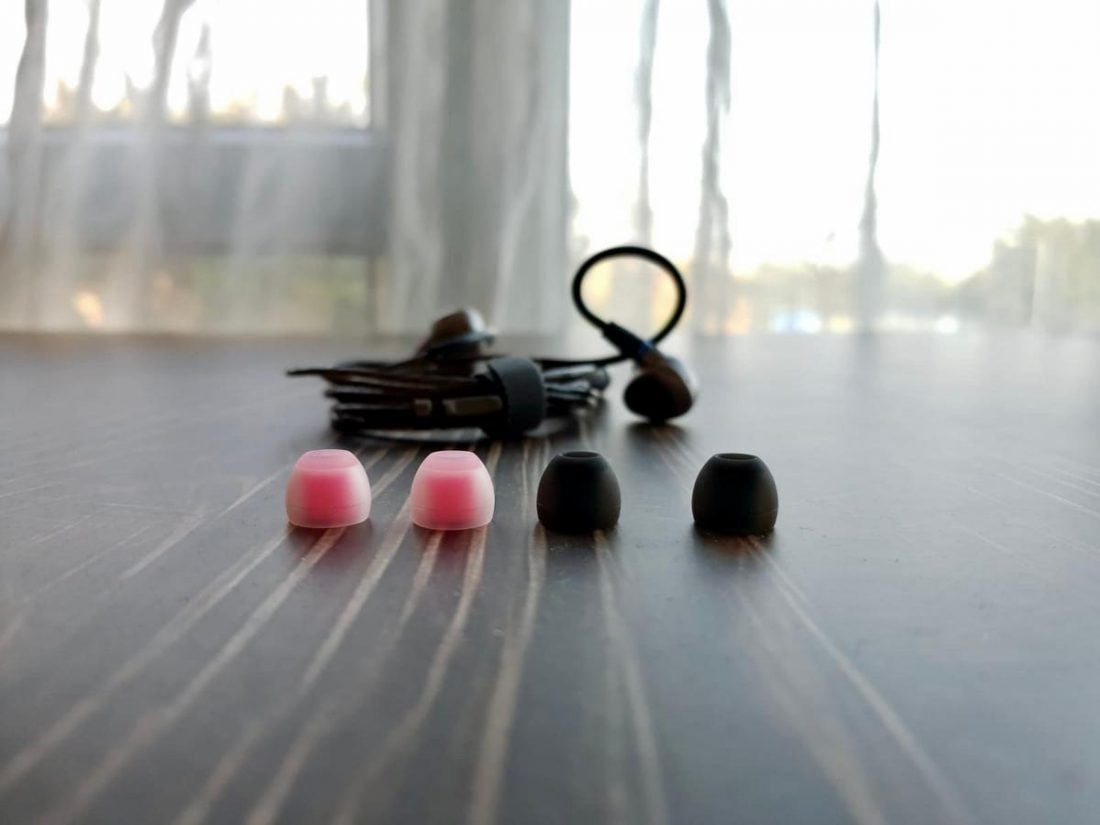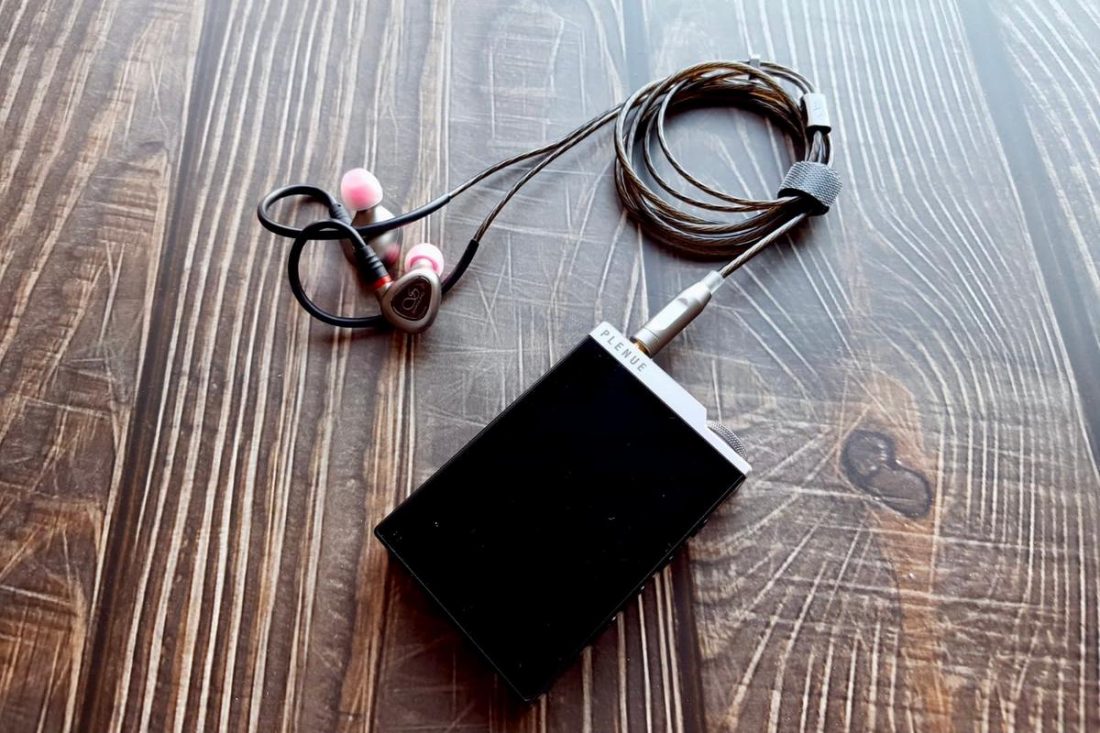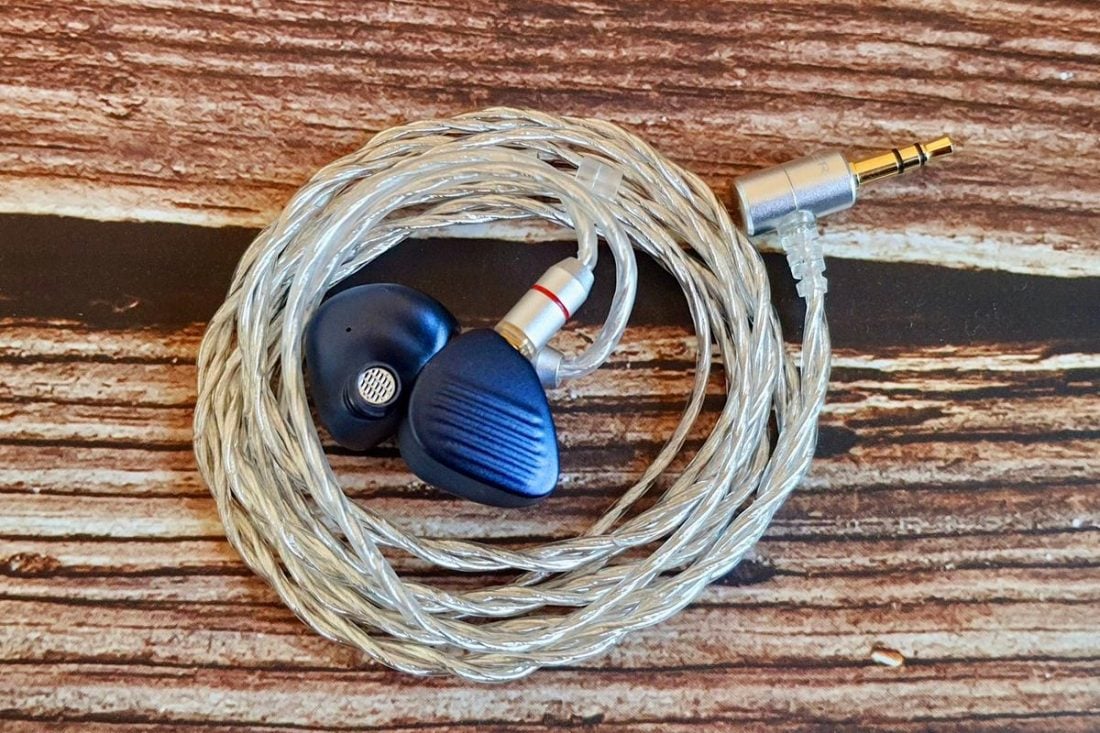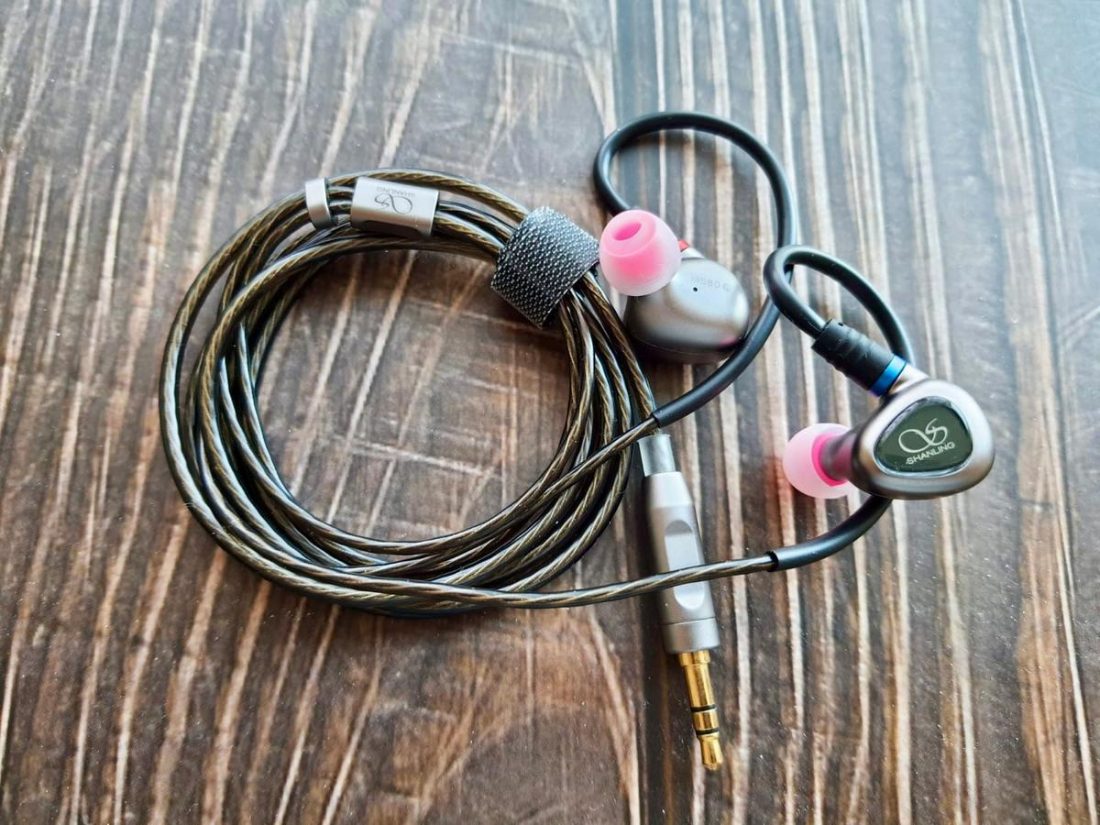Shanling is known for making great portable DAPs these days and has recently begun making earphones as well. The ME80 are the latest pair of earphones produced by Shanling and have a single dynamic driver configuration. At first glance, with their single driver, they do not seem to be anything special. But ultimately, what we as audiophiles find important is how they sound, right? So let’s see how the ME80 perform.
About Shanling
Shanling is not the usual, newly founded Chi-Fi company you commonly find in the market. Shanling was founded in 1988 as a Hi-Fi product manufacturer. Throughout their years of operation, they have produced a large variety of products. They started by making high-end CD players and amplifiers. In recent years Shanling is more well known for portable head-fi products such as DAPs and IEMs. Their first IEMs were the Shanling ME100 (the predecessor of the ME80).
Technical Specifications:
Driver: 10mm dynamic driver with nanocomposite diaphragm Impedance: 16Ω Sensitivity: 111±3dB Frequency response: 20 – 40000Hz Earpiece shell material: Lightweight aluminium Cable material: Silver-plated copper Connector: MMCX Headphone Plug: 3.5mm TRS
Packaging and Accessories:
The Shanling ME80 have one of the better packages at this price range, especially for Chi-Fi IEMs. You are first greeted with the outer white paper box with all the necessary details about the ME80 written on it. The spotlight here is, of course, the Hi-Res Audio golden logo on the bottom right. To some, this may be the most important factor that they are looking for in a pair of IEMs. When you remove the outer white box, a black box inside holds all the items. There is a small tail on the right for you to open the lid. When you open the lid, you will see the earphones and all the accessories inside.
In the box
You get a black leather carrying case, a cleaning brush, 3 pairs of Vocal ear tips, 3 pairs of Balanced ear tips. There are also a pair of generic ear tips attached to the earphones when they arrive. So, in total, you get to choose from 7 pairs of ear tips! I love the provided carrying case. Unlike some other company’s leather cases (looking at you, Acoustune) the Shanling carrying case is strong and hard enough not to deform when forces are applied. Of course, I am not encouraging you to try to sit on the case. However, for daily usage, it performs very well. I can put the case in my backpack and not worry that my other stuff will damage my earphones.
Design and Comfort
The shell of the ME80 is made from 6000 series aluminum. The result is that the ME80 are lightweight (at just 5.7g) while being strong and durable. The ME80 are also very compact and small-sized. They are easily one of the best-fitting universal IEMs that I have owned. No hot spots are formed even after hours of listening with them, and they remain comfortable throughout the listening. The cable of the ME80 also plays a part in making this pair of earphones comfortable to wear. Despite its “plastic-y” and underwhelming appearance, the cable is made of silver-plated copper. More importantly, it is soft, lightweight, flexible, and transmits little microphonic noise. Like most, if not all, universal fit IEMs out there, the comfort of the IEMs heavily depends on the choice of ear tips. The ME80, as mentioned above, include more than enough options for us to get a good fit. The comfort difference between the Vocal tips and Balanced tips is minimal, with the Balanced ear tips feeling slightly stiffer in the ear. No matter which tips I use, the isolation of the ME80 is just fair. Given that the ME80 are dynamic driver earphones that have two vents on each side of the shell, I expected this average level of isolation.
Sound Analysis
To be consistent with my other reviews, I burned in the ME80 for about 200 hours before conducting the sound analysis. However, I did not notice any major differences before and after this time. The bass seems to be deeper, but I found no day-and-night differences. Usually, when I see earphones with a single dynamic driver, I expect them to sound either warm or v-shaped. These sound signatures are less likely to “go wrong” and are easier to be accepted by most consumers. The reason why I say the Shanling is unusual is that they do not have a warm sound signature. Instead, they are fairly neutral sounding, leaning slightly on the brighter side. However, the ME80 avoid being harsh and thin. As a result, the ME80 are not typical sounding dynamic driver earphones. If I didn’t know better, I would guess the ME80 to have balanced armatures with a brilliantly tuned bass response.
Bass
The ME80 are by-no-means bassy earphones. Throughout the bass spectrum, the quantity of bass remains calm and controlled. The bass always sounds clean and does not sound muddy at all. That being said, the ME80 have punchy bass with a healthy rate of decay. The sub-bass is decent at the price range but not class-leading or particularly outstanding. The extension is sufficient. The mid-bass is slightly more forward than the sub-bass to give extra bass punchiness. As mentioned above, the punch gives a physical feeling while not being muddy. However, at times, the punch may be lacking due to the overall minimal quantity of bass. Overall, the bass response of the ME80 is fairly well done. If you are a bass head, then probably the ME80 are not the right pair of earphones for you. But for most others, they are just about right.
Midrange
Because the bass is well controlled, the midrange sounds clean and transparent. The transition between upper bass to lower midrange is coherent, as expected from a single-driver setup. The upper bass never bleeds into the midrange, which gives the ME80 a clean staging which improves resolution. The midrange is ever so slightly recessed. As a result, the vocals seldom sound thick from the ME80. Depending on your preference, that may be a good or a bad thing. However, one thing for sure is that voices are transparent and clean. The upper midrange is clear and slightly boosted for better resolution. Despite the boosted upper midrange, the ME80 do not sound harsh and aggressive.
Treble
Following the forward upper midrange, the lower treble is also slightly boosted in the ME80. This has been treated carefully by Shanling so, unlike other earphones which also have a boosted lower treble, the ME80 are not overly sharp or forced. However, some higher-pitched instruments such as piccolo and violins may sound unnatural at times because of it. The treble extension is nicely done by the ME80. They can extend high up while sounding effortless. There are a handful of earphones in this price range that also provide a similarly impressive treble extension (Shuoer Tape), but, the Shanling do it more coherently and naturally than most.
Technicalities and sensitivity
The ME80 have an airy sound and an excellent separation for their price. Their soundstage ability depends on the choice of ear tips, which is the main difference between the two types of ear tips provided. The soundstage ability with Vocal tips is great, with a fairly wide and tall sound. Their depth is average for the price range, but still nothing to be ashamed about. The Balanced tips give an even wider soundstage. They also sound airier. However, the Balanced tips further boost the treble and take away the body and punch in the bass response. So, the sound of the ME80 with the Balanced tips is too thin and unnatural for me. The Shanling ME80 are one of the most efficient earphones I have owned and tried. So, you do not need a dedicated DAC/amp to let them shine. At 25/100 at high gain for my Lotoo PAW 6000, they are on par with the FIR Audio M5 that I have and the Campfire Andromeda, in terms of sensitivity. Even on the Lotoo, there is a tiny hint of hissing at high gain. The low gain of the Lotoo and the Cowon Plenue is completely hiss-free, though. However, the level of hiss in the pairing between the AK XB10 and the ME80 is very high. I use the XB10 as my hiss test, and the ME80 hiss like crazy with it.
Comparison
The ME80 are priced in the c-note range, which is probably the most crowded market right now for IEMs. There are a lot of good IEMs at this price that I would like to compare to the ME80. Unfortunately, I am only comfortable commenting on the earphones that I have extensively demoed in a quiet environment. The only earphones I can do a comparison with are the Shuoer H27 (that I reviewed previously).
Shanling ME80 vs. Shuoer H27
The H27 are hybrid earphones instead of a single driver like the ME80. However, more drivers do not always translate to better sound. If you haven’t checked out the review of the Shuoer H27, then I recommend you do so. From that review, I commented that the H27 have an M-shaped sound signature, meaning that both frequency extremes are rolled off. The Shanling ME80 have better sub-bass extension than the H27. In the mid-bass, the H27 have more presence than the ME80, giving the H27 an overall warmer bass response. The upper-bass in the H27 is more recessed than the ME80. Because of this, the transition from bass to mid in the H27 is not as coherent as the ME80. The lower midrange performance is where the two are most alike. They both have clean and transparent vocal performances, and the details in them are equally impressive. However, when we move up the frequency spectrum, then they start to differ again. In the upper-midrange to lower treble, the H27 suffer sibilance issues. This is common for brighter sounding earphones, as it is easy to cross the line between having good treble sparkle and being sibilant. The ME80, on the other hand, controls the upper-midrange and lower treble rather well. There is no hint of sibilance or harshness in the ME80. The treble extension again is done better by the ME80. It is not aggressive, and it extends higher up top.
Where to Buy
You can buy the Shanling ME80 here from Linsoul, or here from HiFiGo.
Verdict
The ME80 are single dynamic driver earphones that sound a bit like a pair of multi-balanced armature driver earphones. When I talked to a friend about this, he asked interesting questions: “Why buy dynamic driver IEMs that sound like balanced armatures IEMs? Why not buy balanced armature IEMs if that’s the sound I want?” Every type of driver has its own strengths and weaknesses. For example, dynamic drivers tend to have better bass response and coherence, and balanced armatures usually give better resolution. Generally, when we say that a pair of earphones sound like others with a different type of driver, we mean that they display the advantages of the other driver type. The reason why the ME80 stand out is that it can do exactly that. The ME80 maintain the advantages of using a single dynamic driver (i.e. excellent coherence and bass response) while also being very easy to drive, clean sounding, and having good treble extension (like BA IEMs). They are a fantastic example of being able to stand out by doing something different and doing it well. Nicely done, Shanling! I look forward to reviewing your next product.
Other Shanling IEMs Reviews:
